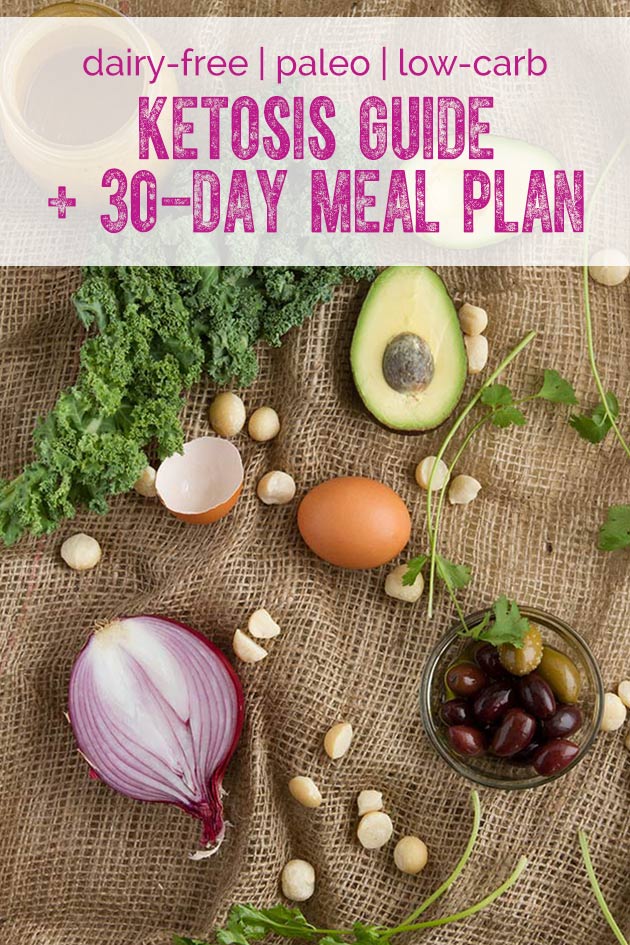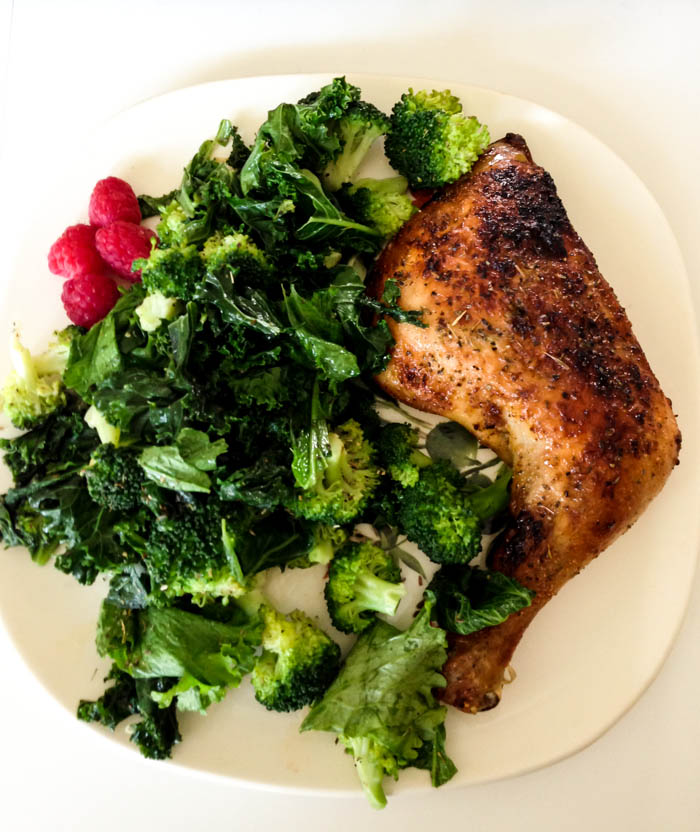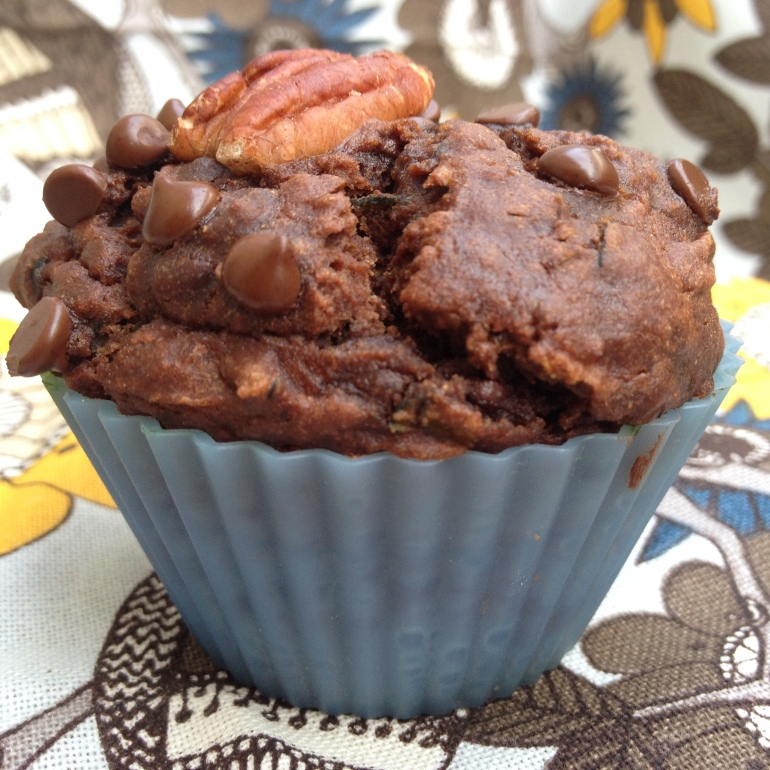Macrobiotic Diet - Whole Food Diet Plan Weight Loss
A macrobiotic diet (or macrobiotics), is a dietary regimen which involves eating grains as a staple food, supplemented with other foods such as local vegetables, and avoiding the use of highly processed or refined foods and most animal products.
Macrobiotics writers often present a macrobiotic diet as helpful for people with cancer; however, there is conflicting evidence regarding such recommendations; the American Cancer Society and Cancer Research UK note that macrobiotic diets can have both harmful and positive effects, depending on the diet's use and type of cancer, however neither recommend the diet as a sole method for combating cancer.

History
Christoph Wilhelm Hufeland
Hufeland, a German physician, in his book The Art of Prolonging Human Life (1797), first used the word "macrobiotics" in the context of food and health. Hufeland was an influential doctor who was active in medical research and became a medical professor at Jena and, later, the first dean of medicine at the University of Berlin. As per the title of his book, he considered macrobiotics a science aimed at prolonging and perfecting life. According to Hufeland, macrobiotics is a medical philosophy on a higher level than the curative, preventative, or health levels of medicine. "The medical art must consider every disease as an evil which cannot be too soon expelled; the macrobiotic, on the other hand, shows that many diseases may be the means of prolonging life."
In his book, Hufeland refers to a life force which he claimed is present in everything and most easily detected in "organic beings" (live organisms), where it manifests in its response to external stimuli. This force can be weakened, as well as strengthened, through external influences. He believed that our life force would be depleted through physical exertion and increased with rest. Hufeland proposed that moral and physical health are intertwined and flow from the same source, both marked by an abundance of life force. In his view, illness was to be prevented primarily by pursuing a proper diet and lifestyle. In terms of using the word "macrobiotics" in relation to health, food, and energy or life force, Hufeland could be considered the founder of macrobiotics.
Sagen Ishizuka
In the late nineteenth century Japanese military doctor Sagen Ishizuka, the founding father of shokuiku, had great success in helping people recover from their serious health problems. He carried out many clinical trials and published two large volumes of his works. His theory was that a natural diet, in which foods are eaten in season and attention is paid to the correct balance of potassium and sodium and acid and alkaline, leads to good health.
Philosophy
Followers of the traditional macrobiotic approach believe that food and food quality powerfully affect health, well-being, and happiness, and that a traditional, locally based macrobiotic diet has more beneficial effects than others. The modern macrobiotic approach suggests choosing food that is less processed.
One goal of modern macrobiotics is to become sensitive to the actual effects of foods on health and well-being, rather than to follow dietary rules and regulations. Dietary guidelines, however, help in developing sensitivity and an intuitive sense for what sustains health and well-being.
Japanese macrobiotics emphasizes locally grown whole grain cereals, pulses (legumes), vegetables, seaweed, fermented soy products and fruit, combined into meals according to the ancient Chinese principle of balance known as yin and yang. Whole grains and whole-grain products such as brown rice and buckwheat pasta (soba), a variety of cooked and raw vegetables, beans and bean products, mild natural seasonings, fish, nuts and seeds, mild (non-stimulating) beverages such as bancha twig tea and fruit are recommended.
Some Japanese macrobiotic theorists, including George Ohsawa, stress the fact that yin and yang are relative qualities that can only be determined in a comparison. All food is considered to have both properties, with one dominating. Foods with yang qualities are considered compact, dense, heavy, hot, whereas those with yin qualities are considered expansive, light, cold, and diffuse. However, these terms are relative; "yangness" or "yinness" is only discussed in relation to other foods.
Brown rice and other whole grains such as barley, millet, oats, quinoa, spelt, rye, and teff are considered by macrobiotics to be the foods in which yin and yang are closest to being in balance. Therefore, lists of macrobiotic foods that determine a food as yin or yang generally compare them to whole grains.
Nightshade vegetables, including tomatoes, peppers, potatoes, eggplant; also spinach, beets and avocados are not recommended or used sparingly in macrobiotic cooking, as they are considered extremely yin. Some macrobiotic practitioners also discourage the use of nightshades because of the alkaloid solanine, thought to affect calcium balance. Some proponents of a macrobiotic diet believe that nightshade vegetables can cause inflammation in the body and osteoporosis.

Composition
Some general guidelines for the Japanese style macrobiotic diet are the following (it is also said that a macrobiotic diet varies greatly, depending on geographical and life circumstances):
- Well chewed whole cereal grains, especially brown rice: 40-60%
- Vegetables: 25-30%
- Beans and legumes: 5-10%
- Miso soup: 5%
- Sea vegetables: 5%
- Traditionally or naturally processed foods: 5-10%
Fish and seafood, seeds and nuts, seed and nut butters, seasonings, sweeteners, fruits, and beverages may be enjoyed occasionally, 2-3 times per week. Other naturally raised animal products may be included if needed during dietary transition or according to individual needs.

Japanese popularity and influence
The macrobiotic way of eating was developed and popularized by the Japanese. During the Edo period in Japan peasants were not allowed to eat meat and had a diet based on staples of rice and soybeans. According to some macrobiotic advocates, a majority of the world population in the past ate a diet based primarily on grains, vegetables, and other plants. Because the macrobiotic diet was developed in Japan, Japanese foods that are beneficial for health are incorporated by most modern macrobiotic eaters.

Macrobiotics vs. vegetarianism
A macrobiotic diet includes many of the same foods as vegetarian diets, but in macrobiotics some types of fish and other animal foods are included according to individual needs and it is recommended to avoid milk and dairy products. The two dietary styles share enough similarities that a vegetarian and even vegan version of macrobiotics is not uncommon.

Cancer
Macrobiotic diets are among those that are frequently mentioned as useful for people with cancer, a claim which shows conflicting results in multiple scientific studies.
The major cancer research centers generally offer that macrobiotic diets can have both harmful and positive effects, depending on the diet's use and type of cancer; the American Cancer Society recommends "low-fat, high-fiber diets that consist mainly of plant products," however they urge people with cancer not to rely on a dietary program as an exclusive or primary means of treatment. and Cancer Research UK states "macrobiotic diets can improve some people's health if they are followed in moderation and not taken to an extreme", cautioning however, that some types of "strict" macrobiotic diets can cause serious harm and malnutrition.

Nutrition
Detailed information on the nutrients provided by a large range of foodstuffs is available in the USDA National Nutrient Database.
The following nutrients should be monitored especially in children, because of their importance in facilitating growth and function: calcium, protein, iron, zinc, vitamin D, vitamin B12, riboflavin, vitamin A, omega-3 fatty acids.
Fish provides vitamin B12 in a macrobiotic diet, as bioavailable B12 analogues have not been established in any natural plant food, including sea vegetables, soya, fermented products, and algae. Although plant-derived foods do not naturally contain B12, some are fortified during processing with added B12 and other nutrients. Vitamin A, in the form of beta-carotene, is available from plants such as carrots and spinach. Adequate protein is available from grains, nuts, seeds, beans, and bean products. Sources of Omega-3 fatty acids are discussed in the relevant article, and include soy products, walnuts, flax seeds, pumpkin seeds, hemp seeds, and fatty fish. Riboflavin along with most other B vitamins are abundant in whole grains. Iron in the form of non-heme iron in beans, sea vegetables and leafy greens is sufficient for good health; detailed information is in the USDA database.
A 1999 review said the macrobiotic diet was similar to the then USDA recommendations for healthy eating.

Criticisms
Complications
One of the earlier versions of the macrobiotic diet that involved eating only brown rice and water has been linked to severe nutritional deficiencies and even death. Strict macrobiotic diets that include no animal products may result in nutritional deficiencies unless they are carefully planned. The danger may be worse for people with cancer, who may have to contend with unwanted weight loss and often have increased nutritional and caloric requirements. Relying on this type of treatment alone and avoiding or delaying conventional medical care for cancer may have serious health consequences.
Children
Children may also be particularly prone to nutritional deficiencies resulting from a macrobiotic diet.
Pregnancy
Macrobiotic diets have not been tested in women who are pregnant or breast-feeding, and the most extreme versions may not include enough of certain nutrients for normal fetal growth.
Malnutrition
In 1971, the AMA Council on Foods and Nutrition said that followers of the macrobiotic diet, particularly the strictest, stood in "great danger" of malnutrition. On the other hand, in 1987, the AMA stated in their Family Medical Guide: "In general, the macrobiotic diet is a healthful way of eating."
Tobacco
Michio Kushi and George Ohsawa smoked cigarettes. Kushi states that lung cancer can arise from dairy food in the diet: "In combination with tobacco, dairy food can trap tars and other ingredients of tobacco smoke in the lungs, leading often to lung cancer." This is contrary to medical and scientific understanding of the connection between lung cancer and smoking.
See also
- Chinese food therapy
- List of ineffective cancer treatments
- Ch'i
- Sanpaku
- Shiatsu
- Traditional Chinese medicine
References
Further reading
- Kushi, Michio; Jack, Alex (July 1987). The book of macrobiotics: the universal way of health, happiness, and peace. Oxford University Press US. ISBN 978-0-87040-667-6. Retrieved 22 March 2011.
Interesting Informations
Looking products related to this topic, find out at Amazon.com
Source of the article : here












0 komentar :
Your comments